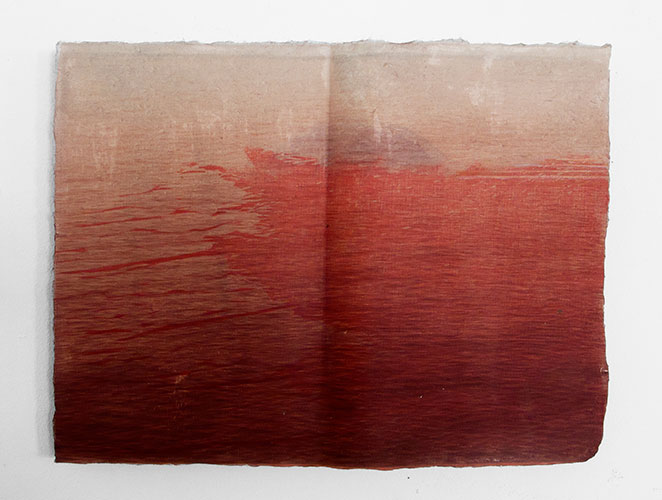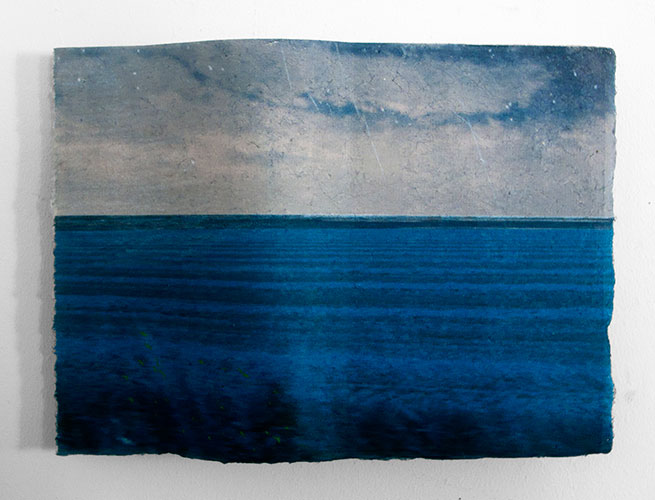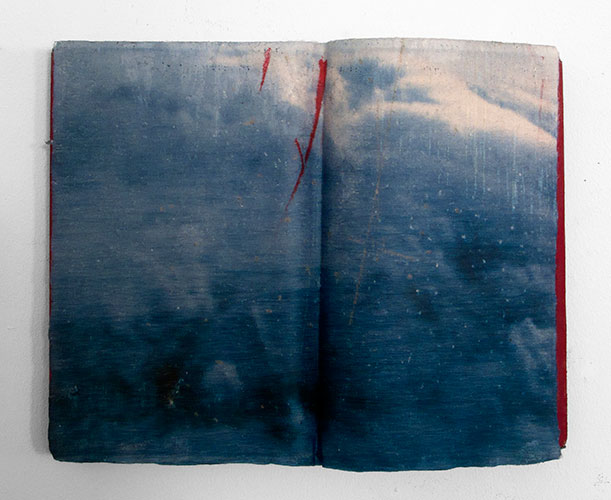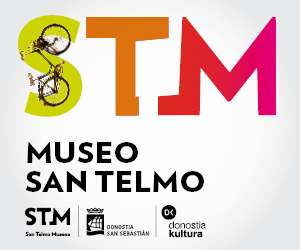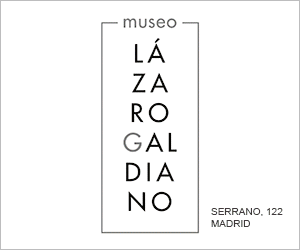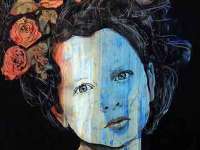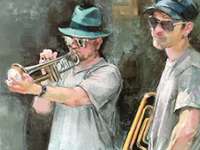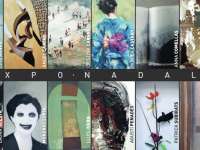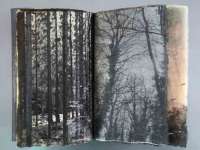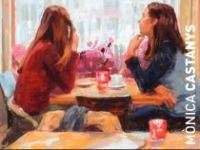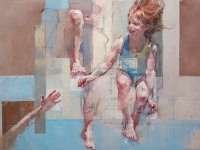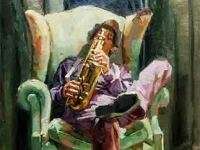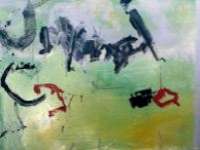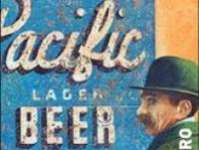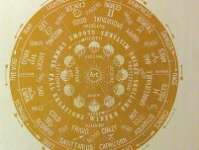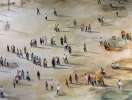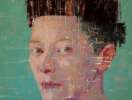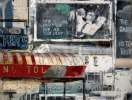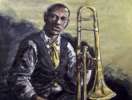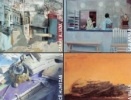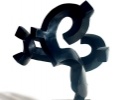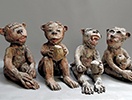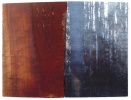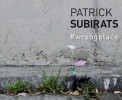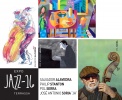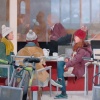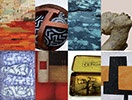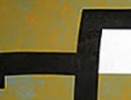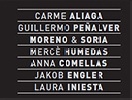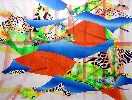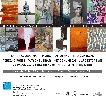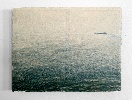NATURALESA I ARTIFICI
NATURALESA I ARTIFICI
La peça emblemàtica, que podríem dir resumeix la intenció de totes les peces, es l’obra del mateix títol de l’exposició “naturalesa i artifici”. La fusta, material trobat, es transformada en part, a través de la seva talla, en una imatge del mar. A l’altre banda la imatge real del mar, manipulada a través del ordinador es transformada també per la impressió xilogràfica de la fusta sense treballar. Segons José Luis Brea en una obra “barroca” Realitat i representació s’envaeixen mútuament, caient en una indistinció on la vida del somni i el somni de la vida es reconeixen als costats d’una membrana trencada. Realitat, invenció i artifici; aquesta es la pauta de l’exposició. Imatges reals, transformades i reinventadas a partir de la seva manipulació. Darrera, la voluntat humana a crear, reinventar, traspassar fronteres i reflectir-se en la pròpia natura.
L’exposició parteix del format bàsic del llibre, símbol tant del motiu d’inspiració d’aquesta exposició com de l’obertura a una altra realitat. La sèrie de 12 quadres, realitzats no tan sols en aquest format, si no produïts a partir de llibres reals, parteixen de la lectura del llibre “Le rivage des Sirtes” de Julien Gracq. Un cop més ficció i realitat comparteixen rol, el format dels llibres son el pas real de les pàgines, però en elles no hi ha text, si no la representació d’un mon que neix a partir de la lectura.
NATURALEZA Y ARTIFICIO
La pieza emblemática, que podría representar la intención de todas las piezas, es la obra del mismo título de la exposición Naturalesa i Artifici (naturaleza y artificio). La madera, material encontrado, se transforma en parte, a partir de su talla, en una imagen del mar. En el otro lado la imagen real del mar, manipulada a través del ordenador se transforma también con la impresión xilográfica de la madera sin trabajar. Según José Luis Brea en una obra “barroca” Realidad y representación se invaden mutuamente, cayendo en una indistinción donde la vida del sueño y el sueño de la vida se reconocen a los lados de una membrana rota. Realidad, invención y artificio; esta es la pauta de la exposición. Imágenes reales, transformadas y reinventadas a partir de su manipulación. Detrás, la voluntad humana a crear, reinventar, traspasar fronteras y reflejarse en la propia naturaleza.
La exposición parte del formato básico del libro, símbolo tanto del motivo de inspiración de esta exposición como de la apertura a otra realidad. La serie de 12 cuadros, realizados no sólo en este formato, si no producidos a partir de libros reales, parten de la lectura del libro “Le rivage des Sirtes” de Julien Gracq. Una vez más ficción y realidad comparten rol, el formato de los libros son el paso real de las páginas, pero en ellas no hay texto, si no la representación de un mundo que nace a partir de la lectura.
NATURE AND ARTIFICE
The iconic piece, that could represent the intention of all the paintings, is the work of the same title of the exhibition “Naturalesa I Artifici”(Nature and Artifice). The wood is partially transformed, through the carving, in an image of the sea. On the other hand, the real image of the sea, manipulated by computer is also transformed by the print of the virgin woodblock. According to José Luis Brea, in the “Baroque”, reality and representation are self invading, falling into a kind of vagueness where the life of the dream and the dream of the life recognize each other, on the both sides of a broken membrane. Reality, invention and artifice; this is the guideline of the exhibition. From handling, real images are transformed and reinvented. Behind, the human will of creation, reinvention, cross borders and self-reflection in the nature.
The exposition is based in the basic shape of the book, a source of inspiration for this exhibition as well as the symbol of opening to another reality. The series of 12 paintings, made not only in this format but also from real books, has the inspiration in the novel “Le rivage des Sirtes” of Julien Gracq. Once again, fiction and reality are sharing role, because the format of the books are the real movement of the pages. There is no text in them, but the representation of a world that is coming out from the reading.
|
TODAS LAS EXPOSICIONES DE ESTE ESPACIO
|
|||||||||||||||||||||||||||||||||||||||||||||||||||||||||||||||||||||||||||||||||||||||||||||||||||||||||||||||||||||||||||||||||||||||||||||||||||||||

